It is always expected of the hosting provider you decide to host your websites with to be top-notch, yet this is rarely the case.
As a site owner, you’re often forced to find workarounds to make your hosting experience with a hosting provider better, either by implementing custom features yourself or hiring a techie to do it for you.
Sometimes it’s not even worth the hassle, and the best course of action would be to migrate to a better hosting provider with such provisions made from the get-go. One WordPress host that actually delivers a top-notch experience when it comes to speed, security, and customer service is Templ. Check them out here.
Reasons to Change Your Hosting Provider
Slow Server Speed & Performance (Speed on-site and on the Hosting Account)
The thing with website loading speed is not just the fact that it affects your visitor’s experience; it also affects your Google search mobile ranking and can make you lose out on a ton of organic traffic.
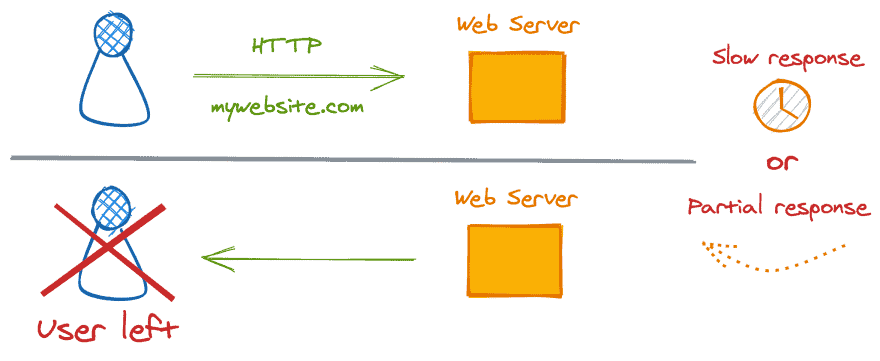
Website loading speed also affects your website’s bounce rate, and a slow loading website will always have a higher bounce rate as most users are not willing to wait for more than 3 seconds for a page to load.
This is especially true for e-commerce related businesses that depend on user experience to make sales.
When you notice that your website(s) is loading slowly even after all page and image optimizations, the problem will almost always lie in the server assigned to you by your hosting provider.
There are several hosting provider related issues that could be triggering slow loading speeds for your website, these include;
- Substandard Server Configuration – When a server is configured inappropriately without some core features or updated components, it tends to lag behind irrespective of hardware. A good example is using an older version of PHP like 4.7 instead of PHP 7, which is almost twice as fast.
- Hardware Limitation – When the hardware resources (i.e., RAM & processing power) are limited and cannot keep up with the demand, tasks (requests) tend to be queued and completed only when hardware resources are freed up and available.
- Too Many Concurrent Users on a Single Server – This is quite common for shared hosting servers; when there is a vast number of users interacting with websites hosted on a server, due to hardware limitations, there is a decrease in speed which might even lead to the 503 HTTP error (Server too busy please try again later).
- Nonstragic Data Server Placement – Though there’s a workaround for this issue (using a CDN), a hosting provider with a data center located far away from your audience will always perform poorly due to latency (delay) in data transfer; this can slow down your website(s) for your primary audience.
If you discover that your hosting provider is guilty of any of the above-listed issues, you should contact them and ask for possible solutions.
If they are unwilling to make the necessary changes, we advise that you change your hosting provider for another with all your needs met by default.
You can inquire about these speed-related issues with the hosting provider you decide to switch to before making a decision; it will save you a whole lot of headache in the long run.
Insufficient Bandwidth Allocation

You might never have experienced a bandwidth depletion but take it from us; it’s very frustrating.
Not only does exhausting your bandwidth allocation stop visitors from accessing your site, but it also forces you to either upgrade to a higher tiered plan or, in some cases, pay for extra bandwidth.
In case you don’t know what bandwidth is, it’s best described as a data transfer currency. When users visit your website, a request is sent to your server to respond with your website files (HTML, CSS, JS, multimedia files, etc.).
The size of the files being sent to visitors is deducted from the bandwidth assigned to your hosting account.
Bandwidth is also consumed when a file is uploaded to your server by either a user or yourself.
This simply means that, without bandwidth, your website(s) cannot function.
Hosting providers know this, and that’s why a lot of them place restrictions on bandwidth usage in an attempt to get you to pay more.
If you’re currently hosting your website with a provider that assigns low bandwidth that can’t keep your websites running, it’s best to change your hosting provider to avoid paying more than you should be (just because of bandwidth).
The Hosting Account Often Hits the CPU/RAM Usage Limit
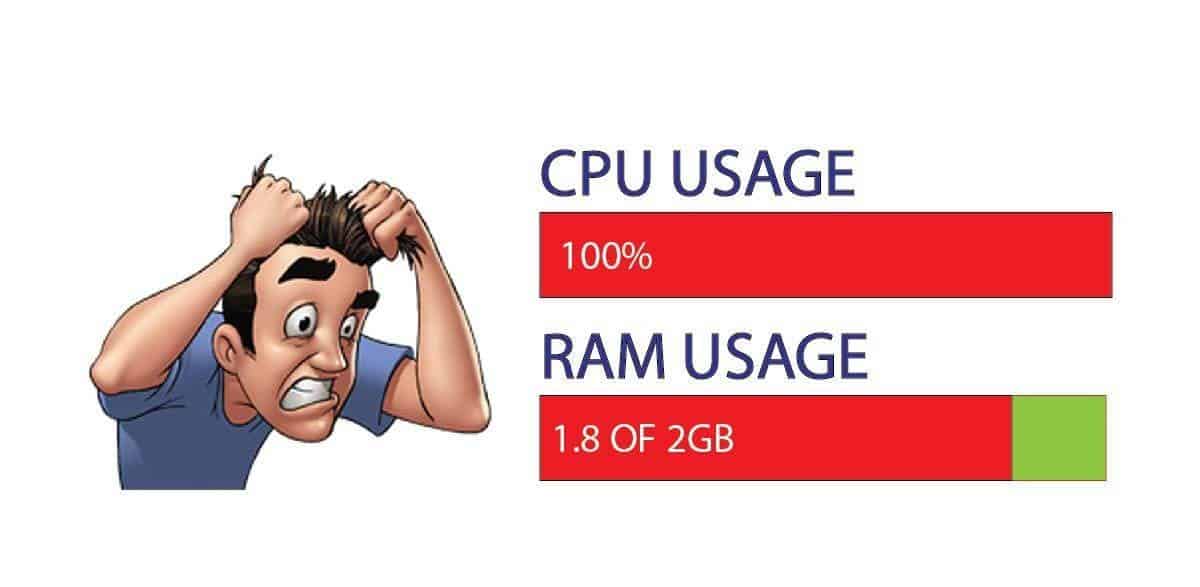
An excellent way to know if a server isn’t good enough to accommodate your websites is if you constantly hit the CPU/RAM usage limit now and then.
The thing with websites is, you can never predict exactly how many users you’re going to be serving every day.
Sometimes, there are surges of traffic that might completely shut down your server, and other days things are typical.
If you find yourself hitting the CPU/RAM usage limit regularly, you should consider upgrading your hosting plan or changing your hosting provider altogether.
It’s not a good thing when you’re constantly worrying about your server slowing down or shutting off due to usage.
Server Downtimes

Server downtime is mainly caused by the insufficient implementation of redundancies by a hosting provider’s data center.
A good data center is expected to have redundancies to prevent issues like power outages and bandwidth disconnection from affecting the uptime of hosted servers.
Downtime affects your website’s user experience and search engine results positions. It shouldn’t be taken lightly, especially when your hosting provider constantly experiences it and does nothing to prevent its occurrence.
If this is something you’re regularly experiencing, you should consider changing your hosting provider as soon as you can.
Note: Many hosting providers can guarantee a 99.9% uptime, i.e., well-known cloud hosting providers like Google, Amazon (AWS), and Vultr.
Limited Control Over Server Configuration
This is common with shared hosting providers; they limit control over what can be installed or configured on their server to keep customers from using server resources completely.
When you have websites hosted on a server, there are many times you might find yourself wanting to add a new feature that requires a PHP or software-related addon that a server administrator can only add.
Implementing such changes can be a slow process and sometimes impossible depending on how strong a limit a hosting provider has placed on hosting servers.
In such a case, it’s best to change your hosting provider to one that grants you more control over your server configuration with lesser constraints.
Poor Server Security (DDoS Attacks & Hack Attempts)
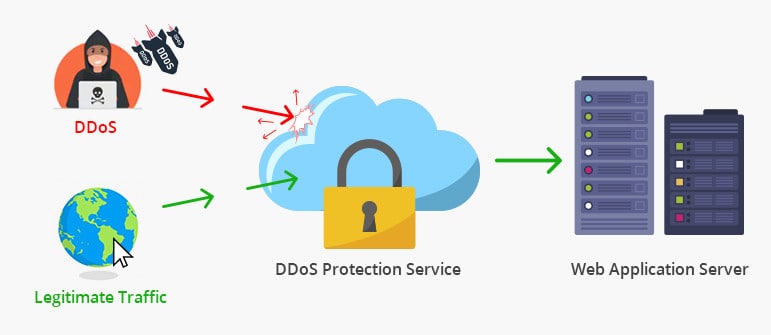
When your hosting provider servers keep getting attacked (DDoS or other known cyber-attacks), it’s a good indication that there’s a security lapse somewhere.
A good hosting provider is supposed to have DDoS as well as cyber-attack protection active and preferably a DMCA free hosting to keep your identity anonymous and prevent your site from being taken down. There are many ways to prevent such attacks but hosting providers who fail to make such implementations face the consequences of constant security breach attempts.
It is dangerous to host websites under such conditions; when a hacker finally gains access to your hosting provider’s servers, they pretty much already have all the data about your website; this includes the database and personal purchase information of your customers.
If you’re running a serious online business, you must change your hosting provider to one with better security.
Inadequate/Incompetent Customer Service
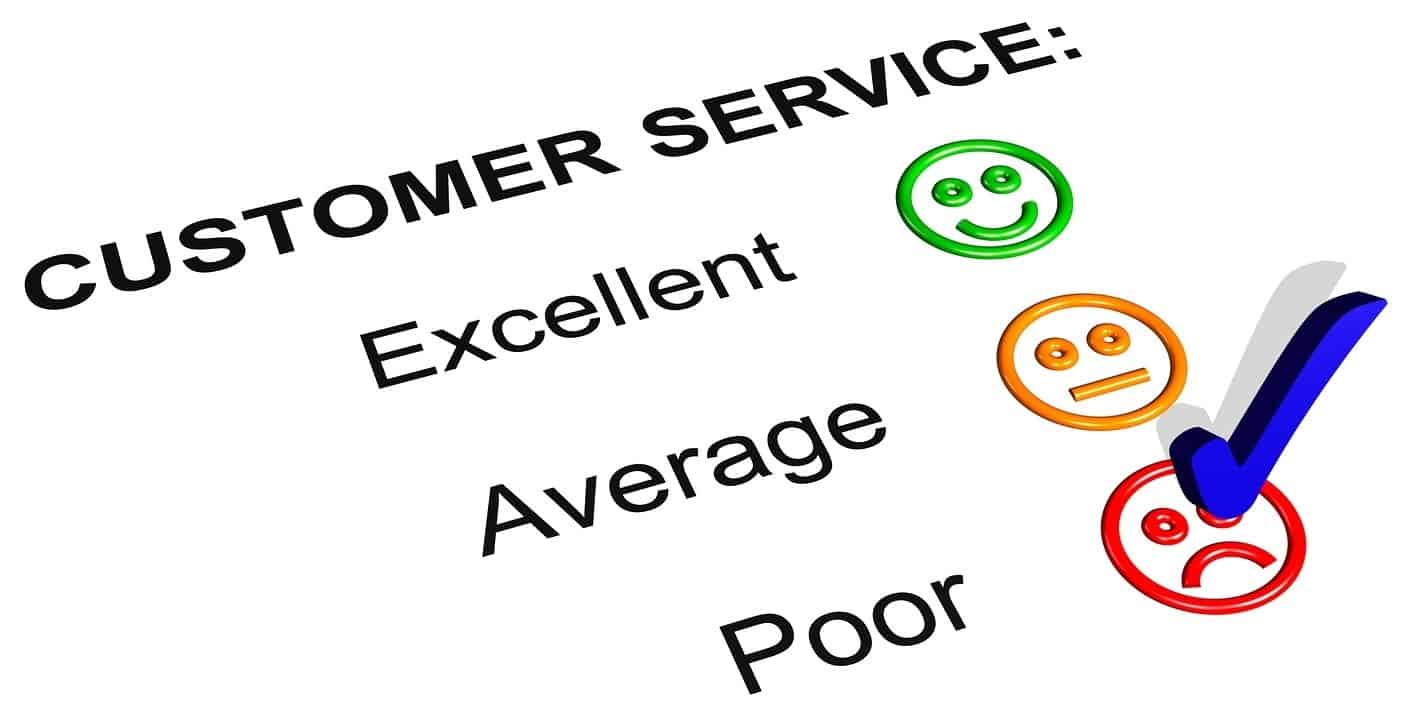
Customer service from your hosting provider is supposed to be available 24 hours a day and seven days a week.
Whether you’re having a site-related issue or just random inquiries, the customer support team should be competent and experienced enough to handle it.
Some hosting providers try to cut on costs for customer service and hire staff from third-world countries to pay less.
The problem is not with the staff they hire per se but the lack of technical training and communication barrier.
Some hosting providers hire good staff but not enough to keep up with the demand of customers, which leads to slow response time and mistakes on the part of the customer service team.
It is essential always to have good customer service backing you up while you host your website; you never know what might go wrong.
A hosting provider that does not make adequate provision for standard customer service should be avoided. If you’re already experiencing poor customer service, it is a good enough reason to change your hosting provider.
Insufficient Inode Allocation (Limited Number of Files You Are Allowed to Host on Your Server Disk Space)

Inode allocation is the total number of individual files you can host in any given server space; it’s not about the size of each file per se but more about the number of separate files you’re currently hosting.
Suppose you notice that your inode usage is high regarding the limit placed by your hosting provider. In that case, that’s a good reason to either upgrade your hosting plan or change your hosting provider altogether to one with a higher inode allocation.
Some hosting companies intentionally limit inode usage not because they can’t afford to assign more but to force their customers to upgrade to higher plans to make more money.
They even go as far as hiding the inode limit from their pricing page and burying it deep in their terms and conditions page, which they know is rarely reviewed before a purchase decision is made.
Hard/Expensive to Scale Existing Website(s)
When you find your hosting provider struggling to keep up with your website’s growth, it is a good indication that you need to upgrade your hosting server to accommodate such growth.
For specific reasons, it might be impossible for your hosting provider to provide the best hosting service and performance at this point; they may recommend expensive plans that you simply cannot afford or let your websites struggle with reduced performance.
At this point, the best thing to do would be to change your hosting provider to one that allows you to scale without costing an arm or a leg.
For one, cloud hosting providers make scaling easy by creating flexible plans that charge you based on usage.
There are a lot of options when it comes to scaling, and it shouldn’t be a complicated or costly process.
Higher Renewal Pricing

The renewal cost of most hosting providers is often almost twice as much as the initial price paid when you first opted for their hosting services.
Sometimes, renewing your current hosting plan might not be the most affordable option, and the only way out would be opting for a change in hosting provider.
You should never feel pressured to pay more than you can afford for hosting as there are many good hosting providers in the market with lower costs and excellent service.
Email Security
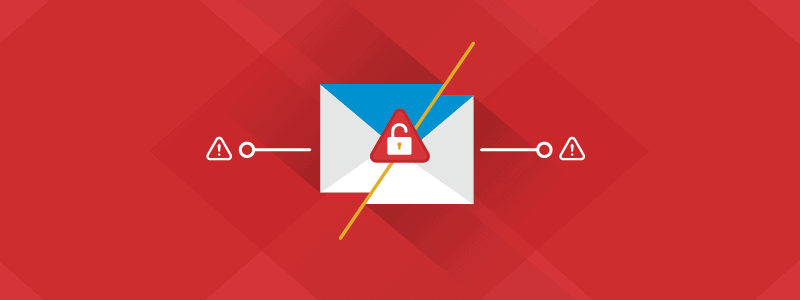
If you constantly get spam messages in your domain-branded email, there’s a good chance that your hosting provider has a lack of proper email security implemented.
Email security is supposed to include security practices like email filtering, spam and phishing detection, and an adware/ransomware virus scanner.
Before an email reaches your inbox, it is supposed to go through a series of security tests to ascertain that it will not cause any harm.
When you keep getting tons of spam and scam-related emails, it’s a good indication that your hosting provider lacks good email security.
You can either have another hosting provider handle your email needs or change your hosting provider altogether.
A hacker can access your server via your email, so it’s something you should be wary of.
Outdated Server Technologies

Is your hosting provider still using HDDs for storage? Or outdated processors for their servers?
Using outdated technology does not mean that they won’t function well, but that they will have the absence of performance boost and speed that comes with new technology.
For an exact cost, you can find hosting providers using more advanced technology with way better performance because new technology is always better than the former.
Suppose you notice that your hosting provider is not making any changes to their server technology or not growing at all (new data centers and innovation). In that case, it’s only a matter of time before it begins to way down your hosting experience.
All major hosting providers in the industry today invest millions of dollars every year into technology upgrades to keep their customers happy and improve their hosting experience.
If your hosting provider can’t keep up, it’s best to make the switch to prevent them from slowing you down.
Conclusion
Whether you’re considering hosting a website for the first time or already have some websites hosted, this article should have clarified all the possible reasons you might need to change your hosting provider.
If you find that your current hosting provider is guilty of any of the problems listed above, you should make the switch before it ends up hampering your website(s) growth.
We hope you find this article somewhat helpful in deciding to change your hosting provider and pointing you towards the right things to look out for before choosing another hosting company.
You can ask any question related to this article in the comment section below, and we’ll get back to you with expert advice.